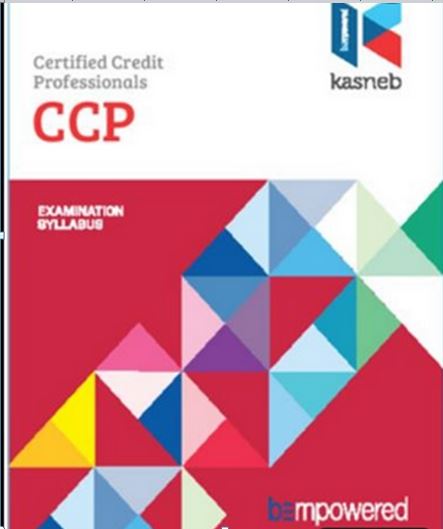CCP Foundation- Communication and Customer Relations

About Course
UNIT DESCRIPTION
This paper is intended to equip the candidate with knowledge, skills and attitudes that will enable him/her to apply business communication, customer relations and personal skills required in the credit management field/profession.
LEARNING OUTCOMES
A candidate who passes this paper should be able to:
- Communicate effectively using a wide range of media in service delivery
- Apply personal skills to building customer relationships and negotiate effectively
- Prepare and conduct physical and online meetings
- Demonstrate ability to effectively work with teams
- Maintain customer relations through technology
- Uphold professional standards, ethics and values that credit staff need to exhibit within workplace
Course Content
1. Introduction to communication
-
Introduction to Communication
